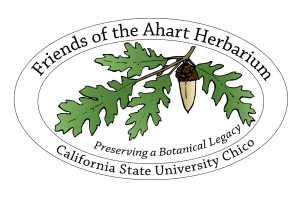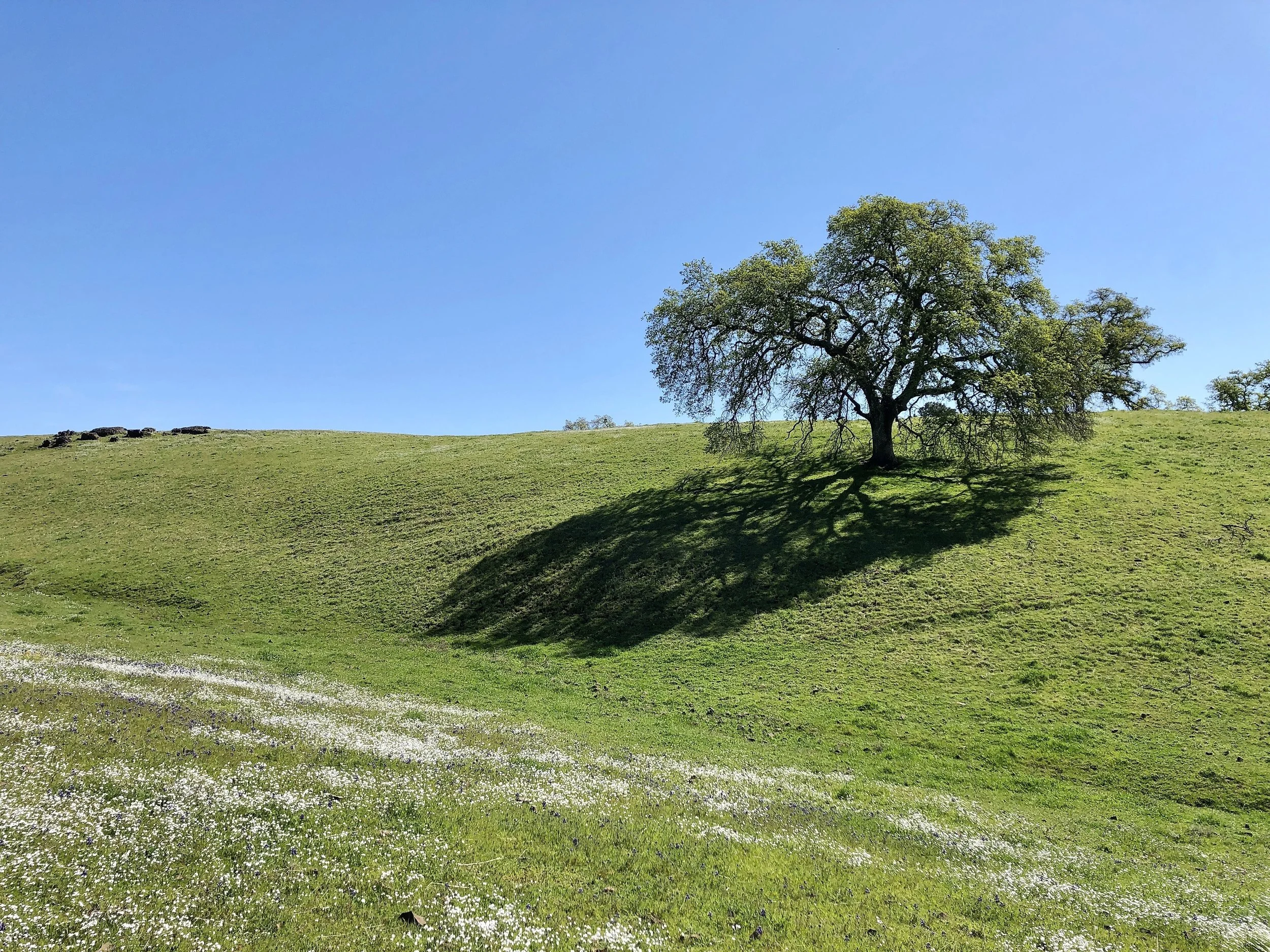


Introduction to Bryophytes
With around 800 species in California, the bryophytes (mosses, liverworts and hornworts) are a fascinating, diverse and ecologically important part of our native flora. The aim of this two-day workshop is to give participants the basic tools they will need to continue learning and enjoying the local bryophytes on their own.

Native Plant Holiday Wreath Workshop
Back by popular demand! Learn more about California native plants while you create a unique holiday wreath. Many of our native chaparral shrubs and forest trees are evergreen, and can remain fragrant for years after drying. Join us for an afternoon of creativity and good cheer!

Forest Insects and Diseases of California Conifers—Workshop and Fieldtrip
Forest professionals are often asked to assess the health of trees within private and public lands. But making decisions on the health and probability of mortality trees can be complicated. There are many factors to assess and this workshop will present information to aid in the assessment of the health of trees, particularly California native conifers and oaks. Workshop participants will be shown examples in the field of the most common native forest insects and diseases that impact local forest health.

Introduction to the Willows of California (Salicaceae)
Cottonwoods and willows are the most common riparian hardwood species in California and yet many of us have little idea of how to tell them apart. The goal of the workshop is to instill confidence about vegetative characteristics used in the identification keys in The Jepson Manual and familiarize participants with some of the most common willows in California.

Understanding Monkeyflowers: Identification and Appreciation
Join monkeyflower expert Steve Schoenig on an exploration into the beauty and diversity of monkeyflowers (genus Diplacus, Erythranthe, Mimetanthe). Steve will provide hands-on advice for the—sometimes tricky—identification of monkeyflowers and give an overview of the fantastic diversity of mokeyflowers in the state.
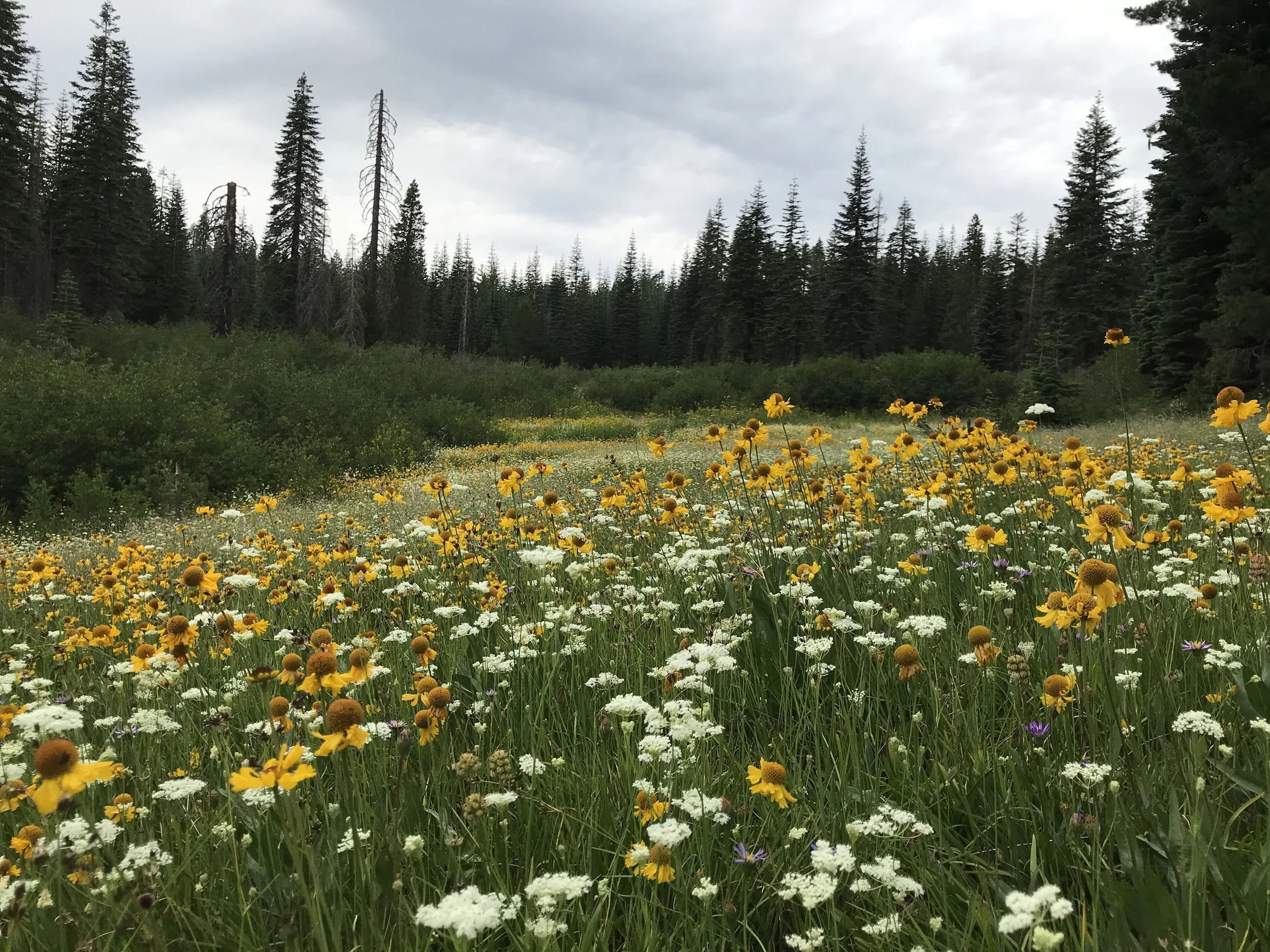
New Calflora Tools for Your Native Plant Ventures and Adventures
Please join Calflora’s Executive Director Cynthia Powell to learn about new Calflora tools for native plant professionals, gardeners, and enthusiasts! How can you better use this incredible resource to learn more about regional plants?

Introduction to Keying Manzanitas (Arctostaphylos, Ericaceae)
Sorry, this workshop is full.
A group considered difficult by many people, the 90+ California manzanitas are actually easy to identify once you understand the characters and how they vary. Join authors Tom Parker and Mike Vasey to learn about this iconic group of Western North American plants.

Native Plant Wreath Workshop
Sorry, this workshop is full.
What comes to mind when you think of the winter holiday season? Do you think of evergreens and baking spices? Did you know that many of our native chaparral shrubs and forest trees are evergreen, and that native sages can remain fragrant for years after drying? Learn more about native plants while you create a holiday wreath, kissing ball, or garland!

Introduction to the Willows of California (Salicaceae)
Cottonwoods and willows are the most common riparian hardwood species in California and yet many of us have little idea of how to tell them apart. The goal of the workshop is to instill confidence about vegetative characteristics used in the identification keys in The Jepson Manual and familiarize participants with some of the most common willows in California.

Butterflies of Butte County and Their Larval Host Plants
Butterflies are among the most charismatic and easily identified pollinating insects. Join CSU, Chico entomology professor, Dr. Don Miller, to get an introduction to some of the butterfly species found in Butte County, with a special emphasis on their relationships with larval host plants. Dr. Miller will also be conducting the annual butterfly count at the Big Chico Creek Ecological Reserve on the day following the workshop and participants are welcome to join.

Grass (Poaceae) Identification
Sorry, this workshop is full.
Grasses dominate many California landscapes, yet their identification presents a challenge to beginner and experienced botanists alike. This workshop will help you learn the morphological features and terminology used in The Jepson Manual keys so you can confidently key out those tricky species. Dried specimens of more than 20 genera and 45+ species will be provided for participants to key together as a group and as individuals.

Grass (Poaceae) Identification—Workshop Full
The March 4th workshop is full, but we are offering a second Grass Identification workshop on Saturday, March 11, 2023, 9:00am – 4:30pm
Grasses dominate many California landscapes, yet their identification presents a challenge to beginner and experienced botanists alike. This workshop will help you learn the morphological features and terminology used in The Jepson Manual keys so you can confidently key out those tricky species. Dried specimens of more than 20 genera and 45+ species will be provided for participants to key together as a group and as individuals.

Native Plant Wreath & Other Holiday Accents
What comes to mind when you think of the winter holiday season? Do you think of evergreens and baking spices? Did you know that many of our native chaparral shrubs and forest trees are evergreen, and that native sages can remain fragrant for years after drying? Learn more about native plants while you create a holiday wreath, kissing ball, or garland!

2022 Annual Meeting and Special Presentations
Join us for the 2022 Friends of the Chico State Herbarium Annual Meeting, including a presentation from the Jim Jokerst Field Botany Award winner, Kaylie DeLuca. Botanist Michael Williams also present his research on the unique flora of Adak Island, the “Birthplace of the Winds”.
View a Recording of the Annual Meeting and Special Presentations Here

Introduction to Keying Manzanitas (Arctostaphylos, Ericaceae)
A group considered difficult by many people, the 90+ California manzanitas are actually easy to identify once you understand the characters and how they vary. Join authors Tom Parker and Mike Vasey to learn about this iconic group of Western North American plants.

Creating Inks and Watercolors from Locally Sourced Plants and Minerals
Learn about the origins of color, work with select rock and plant samples, and take a local walk to learn about different species that can create exquisite colors for calligraphy, printing and painting. Each participant will learn paint grinding techniques, and take home a sample card of local colors, along with an instructional pamphlet on how to reproduce the process.
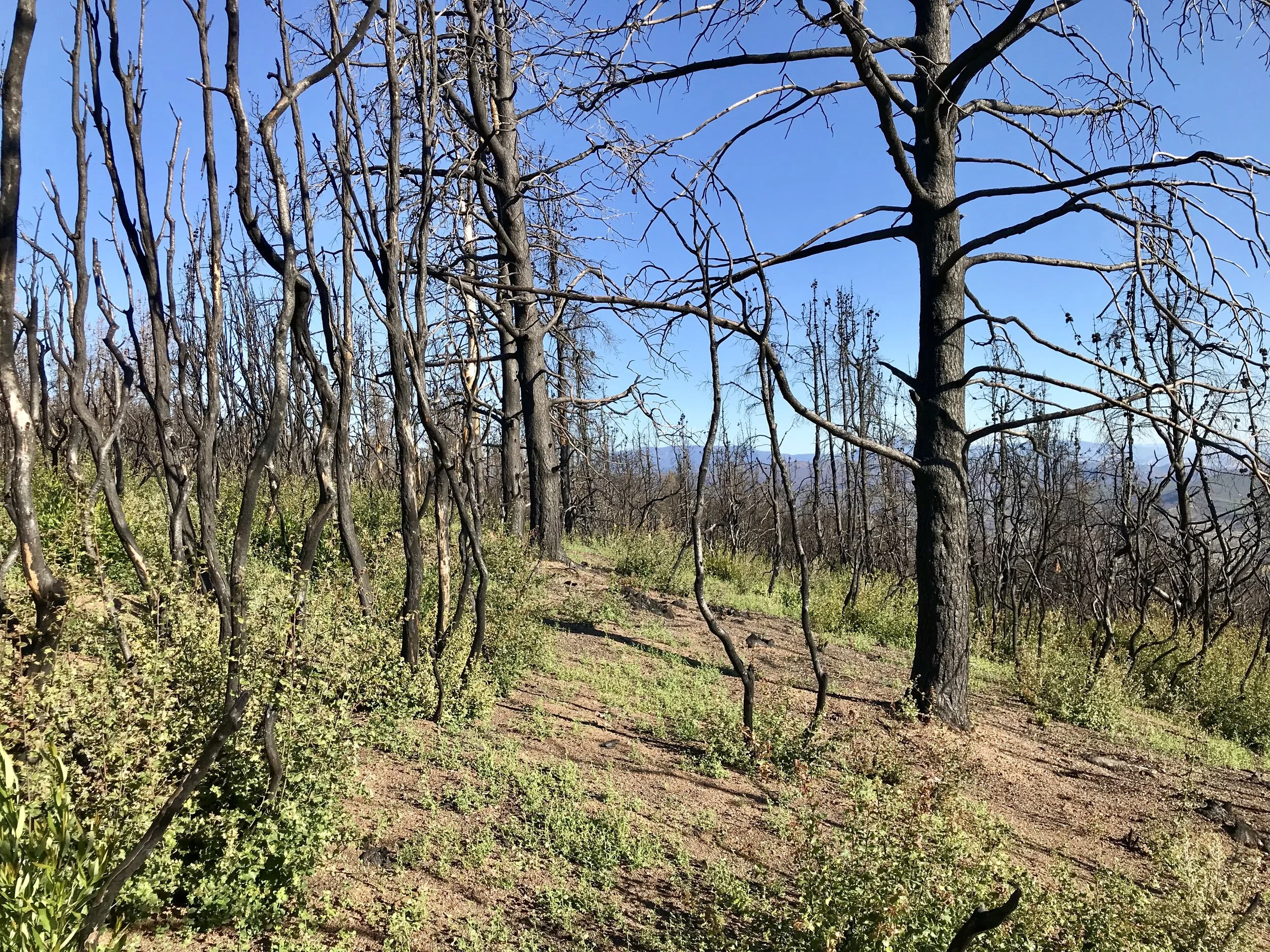
Fire‐Injured Trees: Predicting Mortality and Assessing Hazard
***This Workshop is Full***
In the aftermath of fires, professionals are often asked to assess the health of trees within private and public lands. But making decisions on the health and probability of mortality in fire‐injured trees can be complicated. Join experts in the field to learn how to assess if a tree will survive fire related injuries, insect activity post‐fire, post‐fire decay and the potential hazards of decay.
International Society of Arboriculture Continuing Education Units are available for this workshop.

Maintaining Native Plants in the Garden
*** This Workshop is Full ***
Is your native plant garden looking a little scruffy? This day-long workshop will cover the cultivation and maintenance of native plants in the garden. We will discuss planting, irrigation, pruning and some propagation of various trees, shrubs, herbaceous perennials and annuals. Presented by native plant experts John Whittlesey and Rob Schlising.
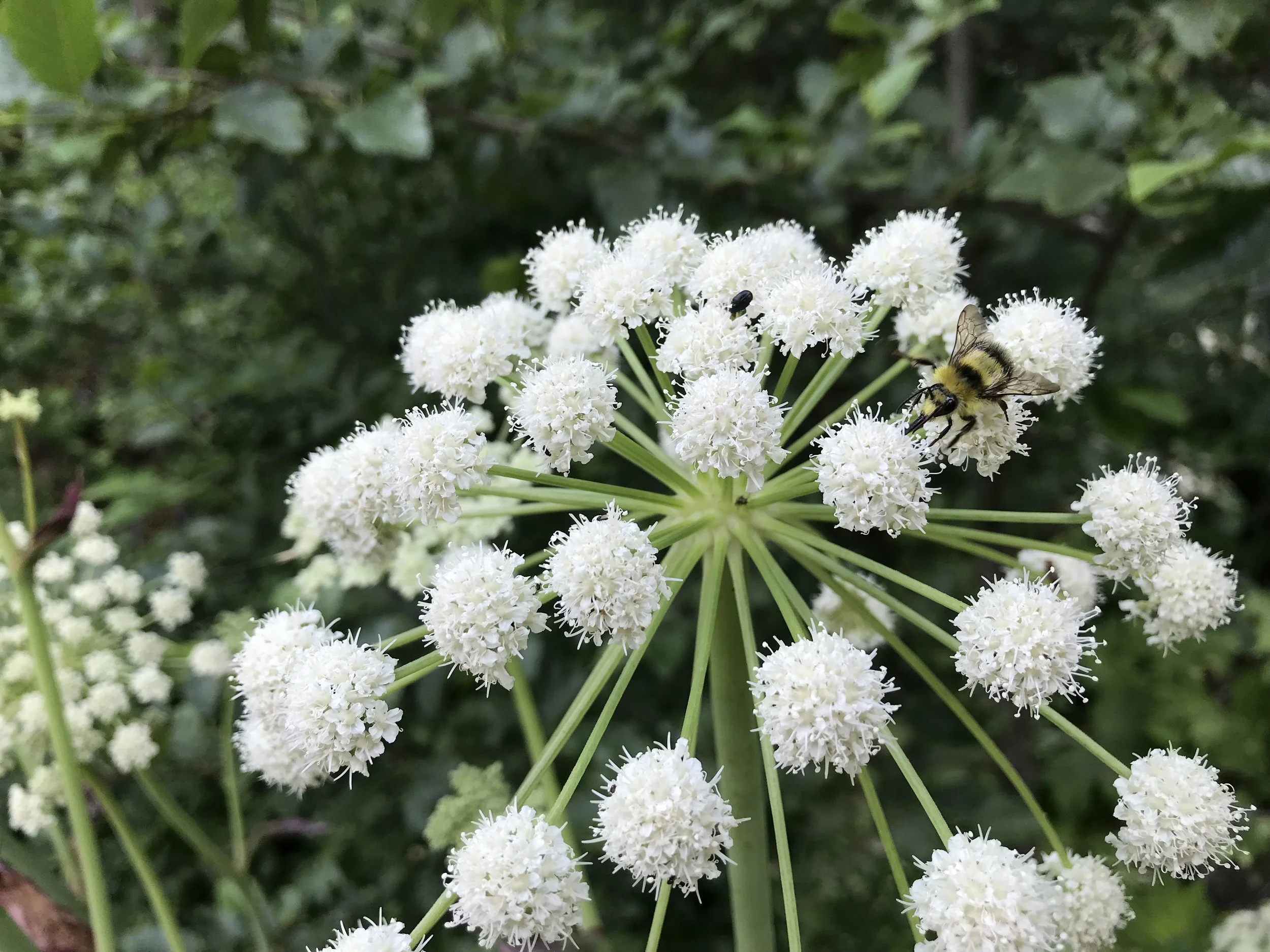
Native Bees as Pollinators
For many people the word “bee” is synonymous with the non‐native “honey‐ bee.” But there are many kinds of bees in nature, even within urban areas in northern California. This workshop will showcase native bees for people who like nature, and for those who are involved in land management and conservation. Presentations will range from basic and introductory to technical.

Introduction to Willow Identification
Cottonwoods and willows are the most common riparian hardwood species in California and yet many of us have little idea of how to tell them apart. The goal of the workshop is to instill confidence about vegetative characteristics used in the identification keys in The Jepson Manual and familiarize participants with some of the most common willows in California.

Riparian Ecology along the Middle Sacramento River
Physical river processes drive riparian ecology. This field-based workshop will examine riparian ecology along the middle Sacramento River from the perspective of flowing river water: How has flowing water determined the location of plant species across the floodplain; How has the flowing water shaped the physical structure of the vegetation. This year’s river flooding should give us a lot to explore and to discover about the riparian ecology of the middle Sacramento River.

Identifying Lichens to Genus
This one‐day workshop will focus on identifying to genus the lichens of the lower Sierra Nevada/Cascade foothills. Led by Tom Carlberg, President of the California Lichen Society.

Introduction to Bryophytes
With around 800 species in California, the bryophytes (mosses, liverworts, and hornworts) are a fascinating, diverse, and ecologically important part of our native flora. The aim of this two‐day work‐ shop is to give participants the basic tools they will need to continue learning and enjoying the local bryophytes on their own.

Botanical Illustration
Join botanical Illustrator Joan Keesey for this one day workshop focusing on accurate botanical drawing and graphite techniques.

Wreaths of the Season: handcrafted with native plants
Unfortunately we need to cancel the wreath workshop this year, but we hope you have a happy holiday season!

California Native Plant Photo Contest
Celebrate California native plants! Submit your favorite California native plant photo for a chance to win registration in a Friends of the Chico State Herbarium workshop.

Mountain Meadows
Learn about mountain meadows, why they are so important, how they are threatened, and what is being done to manage and restore them.

Introduction to the Willows of California (Salicaceae)
Cottonwoods and willows are the most common riparian hardwood species in California and yet many of us have little idea of how to tell them apart. The goal of the workshop is to instill confidence about vegetative characteristics used in the identification keys in The Jepson Manual and familiarize participants with some of the most common willows in California.

Photography Workshop: Native Flowers as Compositional Elements
Join photographer Spencer Dykstra to learn how to use California's incredible flora to create one of a kind photographs. Novice to experienced photographers with any digital camera (even a phone camera!) are welcome and will benefit from the individual instruction.
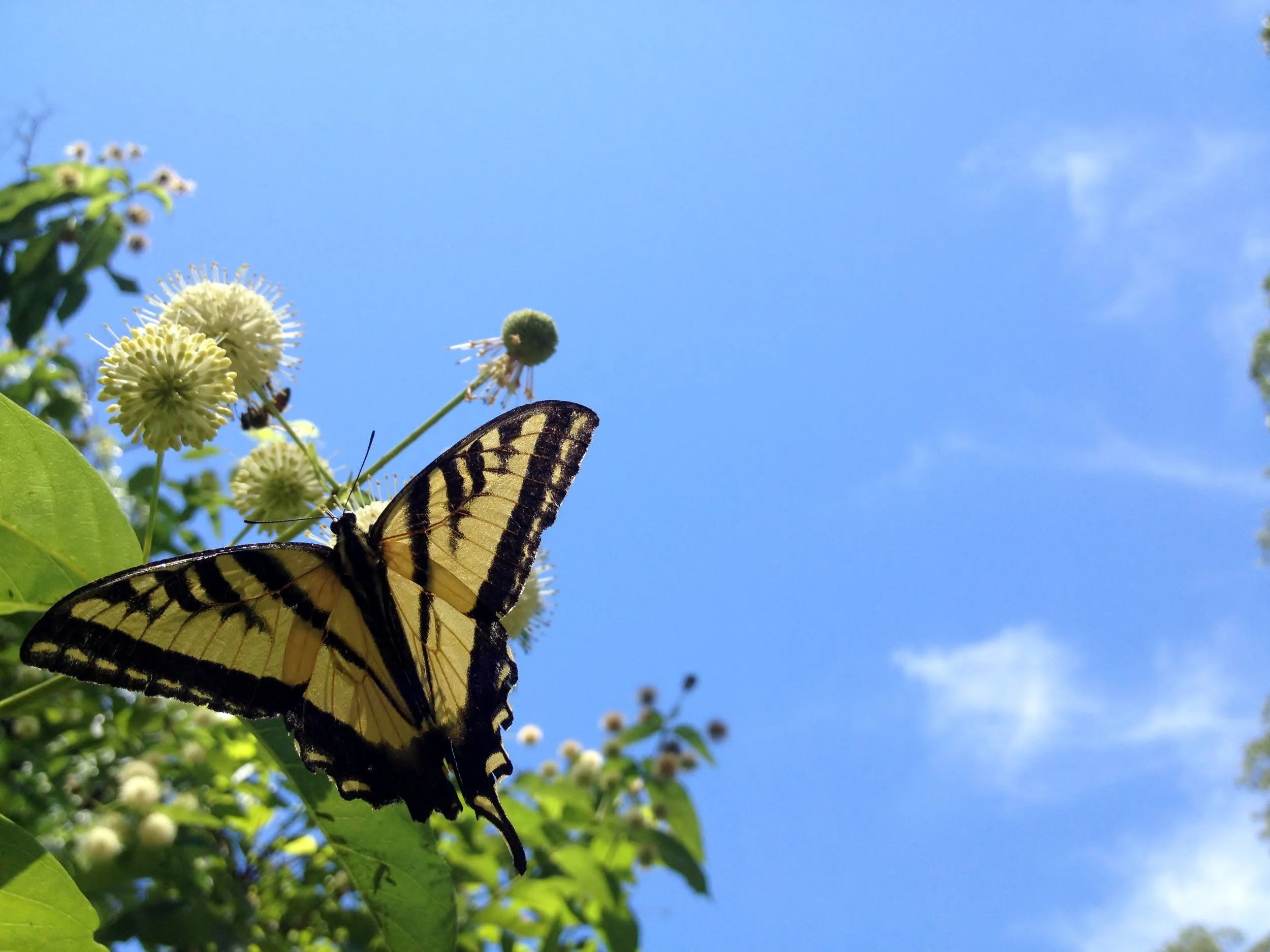
Butte County Butterflies and their Host Plant Affinities
Join CSU, Chico entomology professor Don Miller to learn about the butterflies of Butte County and their host plant affinities.
Optional fieldtrip on Friday, June 8
